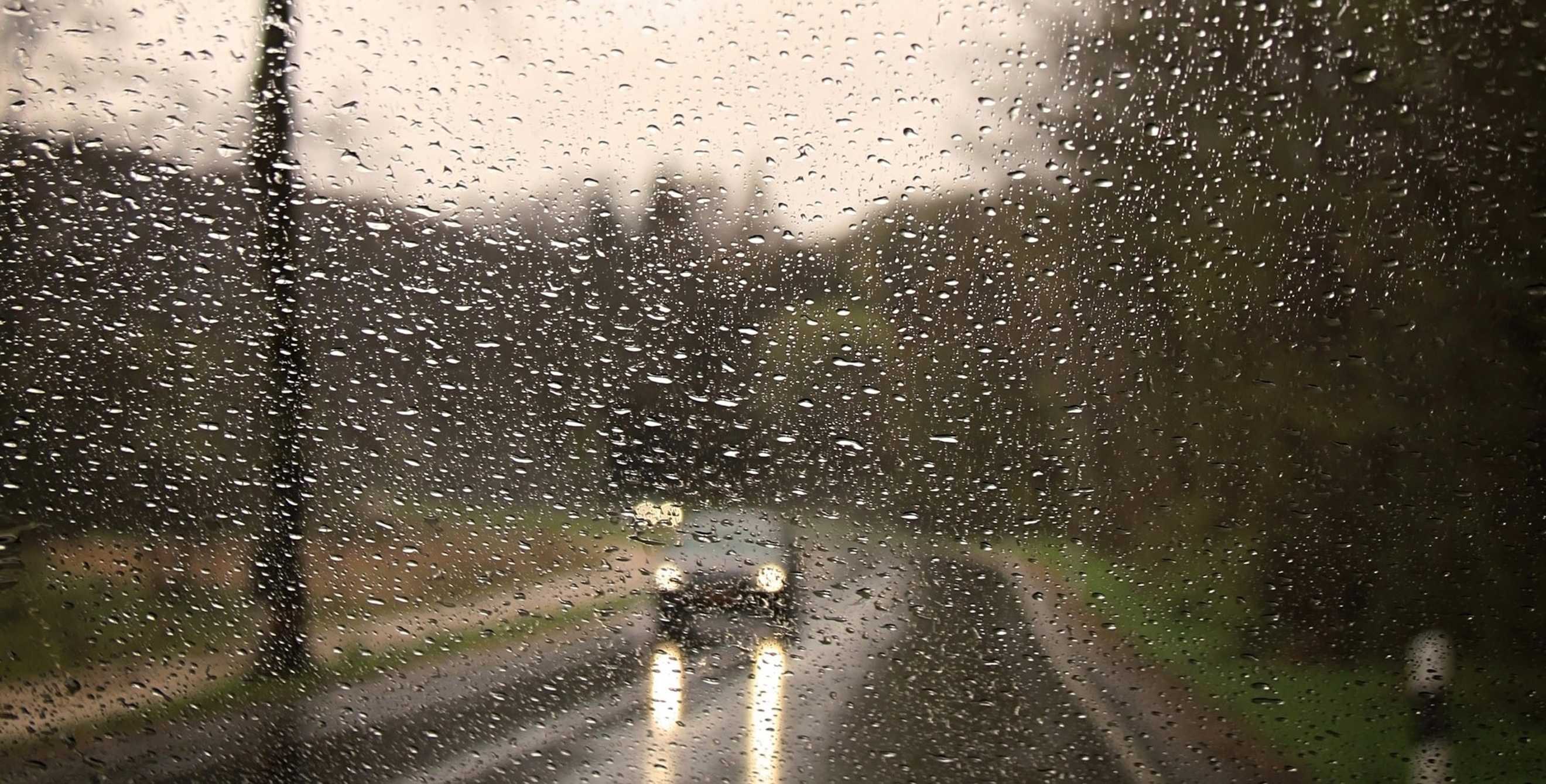
Tips for Safe Winter Driving
Heading out in wind, rain, fog, or snow? A few easy tips will help you steer clear of trouble.

The weather is turning cold, which means it’s time to remember your seasonal driving skills and prepare accordingly. Winter storms, adverse weather, and poor road conditions are a factor in nearly half a million crashes every winter, according to research by the AAA Foundation for Traffic Safety. Here are some tips for staying safe when the road is wet, icy, or covered in snow.
Check the forecast.
Avoid driving in bad weather if you can. If the outlook is stormy, consider postponing your trip.
Clear your view.
Before you hit the road, remove ice and snow from your vehicle’s windows, windshield, roof, bumpers, and hood. If your car has sensors or cameras, clear them too.
Take it easy.
On slippery roads, accelerate and decelerate gradually. Avoid sudden starts and stops, especially on hills. Don’t use cruise control.
Stay cool in skids.
If you hit an icy patch, keep calm. Take your foot off the gas, steer straight, and try to refrain from braking. If the back end starts to fishtail, turn the wheel gently in the same direction. Still skidding? With antilock brakes, apply steady pressure. For other systems, gently pump the brake pedal.
Get your car in shape.
Bring your vehicle to any AAA Approved Auto Repair shop for a bumper-to-bumper inspection. Make sure windshield wipers work well, headlights are clean, and both tire pressure and tread are up to par.
Be prepared.
Make sure fluids are topped up and your gas tank is at least half full before heading out. Stash a good emergency kit in your vehicle.
Beware wet roads.
Remember that stopping distances can more than double in slick conditions. Leave at least eight to 10 seconds between you and the car ahead of you. When driving in rain, keep headlights on during the day and avoid passing through large puddles of standing water, which could be deeper than they appear.
Mind the fog and wind.
In foggy conditions, use low-beam lights; high beams will increase glare. During strong winds, maintain a firm grip on the wheel and watch for tree limbs and other debris that could blow into your path. Keep an eye on larger vehicles, which can be buffeted off course by high winds.
Keep rolling with AAA Auto Services, from routine maintenance to emergency roadside assistance.